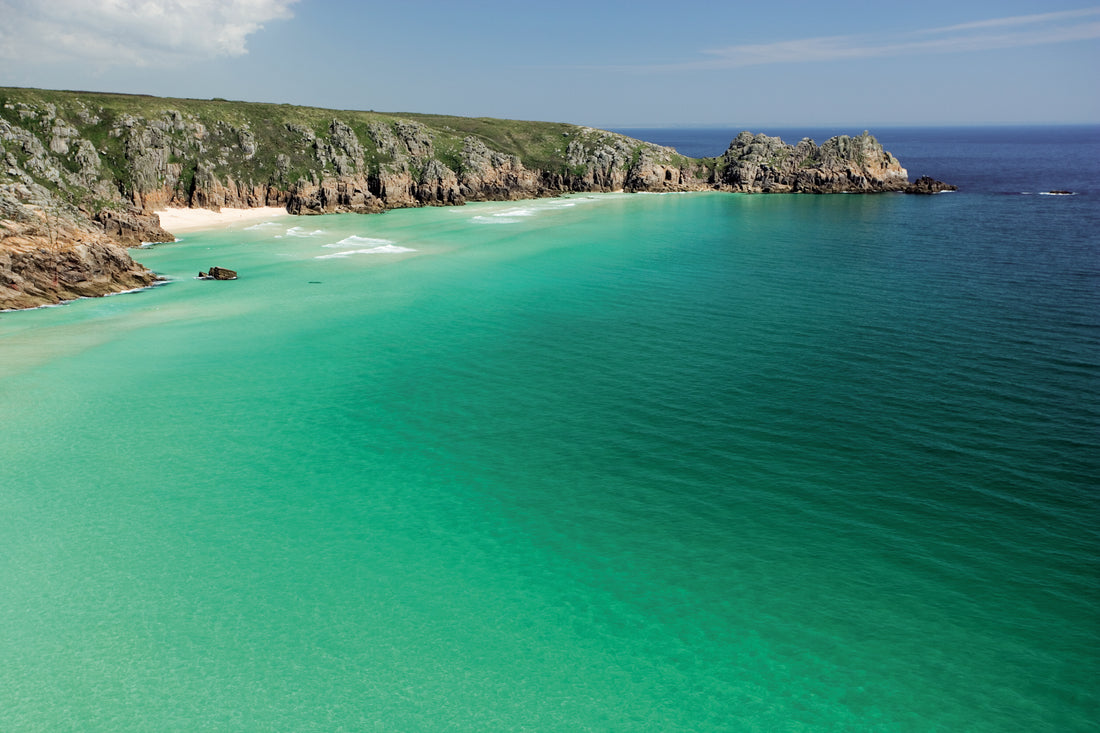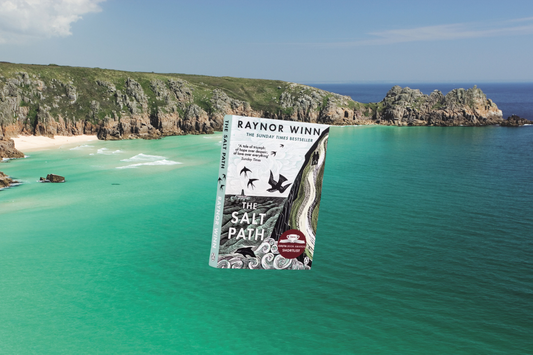How eco-friendly is salt harvesting?
We practise a 100% non-invasive extraction of sea water when we harvest our sea salt, ensuring there’s no disturbance to the natural marine habitat. We then re-circulate any untouched water, so that water is returned to the sea at the correct saline level.
What are you doing for food miles?
It’s not new news that food miles are an important factor when looking to reduce our carbon footprint. To help counter this as much as possible we’ve implemented a specialised ‘necessity approach’ that monitors the transport of our salt and makes sure it gets to you in as few journeys as possible.
What are you currently doing to offset the carbon footprint?
We’re proud to say we’ve been supporting local communities for years now and we are currently looking to partner up with local NGOs to support carbon-positive projects, which work towards restoring Cornish wilderness and oxygen producers.
We have big plans in place this year to get the team together to take part in local projects including beach clean-ups and recycling campaigns- as a group of Cornwall-loving people, there aren’t many things more important to us than keeping our county clean!
How we make our salt- the sciencey bit!
At Cornish Sea Salt we use century-old techniques to source electrolytes from natural sea salts to enrich our brines, creating the perfect conditions for flakes to form. We use manual harvesting to ensure purity and perfect form every time, before individually packing each salt pot to the highest standard.
We always keep in mind consumption and waste practices- we make sure to correctly dispose of everything we use in the manufacturing process, recycling wherever possible.
At Cornish Sea Salt HQ we’ve implemented a ‘re-use system’, allowing us to make the most of any re-usable product before we recycle it. When the life cycle of a product comes to an end, we use regulated recycling on site.
We know we’re not perfect- but we’re working on it. Our pots may be plastic, but they’re 100% recyclable (and reusable!) and have a low transport footprint.
Why do we use plastic?
We’re simply yet to find an alternative that keeps our sea salt fresh.The plastic used in our pots is PP5 - considered to be the safest plastic to use in the industry, as well as the one with the lowest environmental impact. It’s created as a by-product, so the manufacturing process results in no toxic waste, no toxic emissions, no fluorocarbons, and no halogens. We see it as the best choice (for now) as it’s:
- Durable- so it has a longer life span and can be reused
- Easily cleaned- so no harmful chemicals needed
With that said, we are not advocates of plastic. We want to minimise plastic pollution as much as you do, and we’re busy finding a way to use recycled plastic in our pots, alongside considering involving plastic alternatives, such as plant PET (an eco-friendly sugar cane by-product). But until then we’ll continue to share ingenious ways of reusing and upcycling our pots once they are empty of tasty sea salt.



